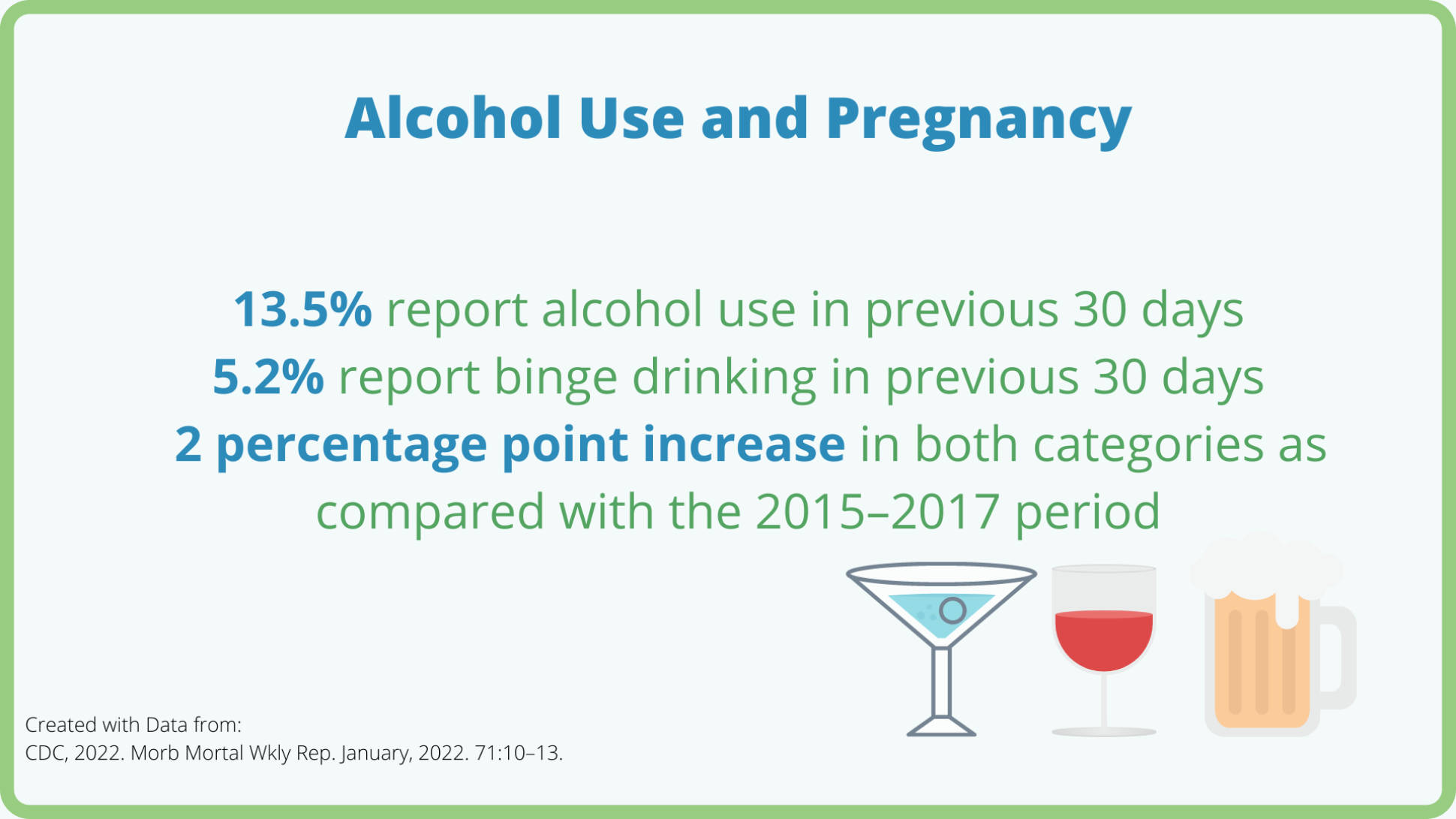Educating healthcare teams
Preventing prenatal alcohol exposure
Improving outcomes for individuals with FASD
Educating healthcare teams
Preventing prenatal alcohol exposure
Improving outcomes for individuals with FASD
The SAFEST Choice Learning Collaborative was created in order to address and prevent prenatal alcohol exposure (PAE) and Fetal Alcohol Spectrum Disorders (FASD). PAE is notably the most common preventable cause of intellectual and developmental disabilities in the US1. Alcohol is a teratogen and exposure to alcohol in utero can result in a range of developmental and physical challenges across a spectrum of disorders (Fetal Alcohol Spectrum Disorders-FASD).
FASD is an umbrella term and the impact of PAE exists across a spectrum of Fetal Alcohol Spectrum Disorders (FASD). These include Fetal Alcohol Syndrome (FAS) and partial FAS (pFAS), Alcohol-Related Birth Defects (ARBD), Alcohol-Related Neurodevelopmental Disorder (ARND), and Neurobehavioral Disorder Associated with Prenatal Alcohol Exposure (ND-PAE)2. Each varies in characteristics and occurrence. FASDs impact as much as 5% of school aged children3. Diagnosis criteria vary for each of the FASD4.
Alcohol at any stage in a pregnancy can have negative impacts as alcohol readily crosses the placenta5. Therefore, this is a considerable issue as alcohol use among pregnant people occurs commonly. One challenge in gaining precise data and information is shame and stigma surrounding drinking during pregnancy6. As nearly half of pregnancies are unplanned it is important to have a discussion about alcohol use before pregnancy4.
Therefore SAFEST Choice aims to reduce the incidence of prenatal alcohol exposure (PAE) and improve outcomes in children with a suspected or diagnosed fetal alcohol spectrum disorder (FASD). Pregnant patients will benefit from the screening and counseling on alcohol use. For pediatric patients, early identification can change the trajectory of their lives. These children are already in your practices.

In the CDC's most recent MMWR for pregnant adults there was a 2 percentage point increase in both reported alcohol use and binge drinking.
Sources